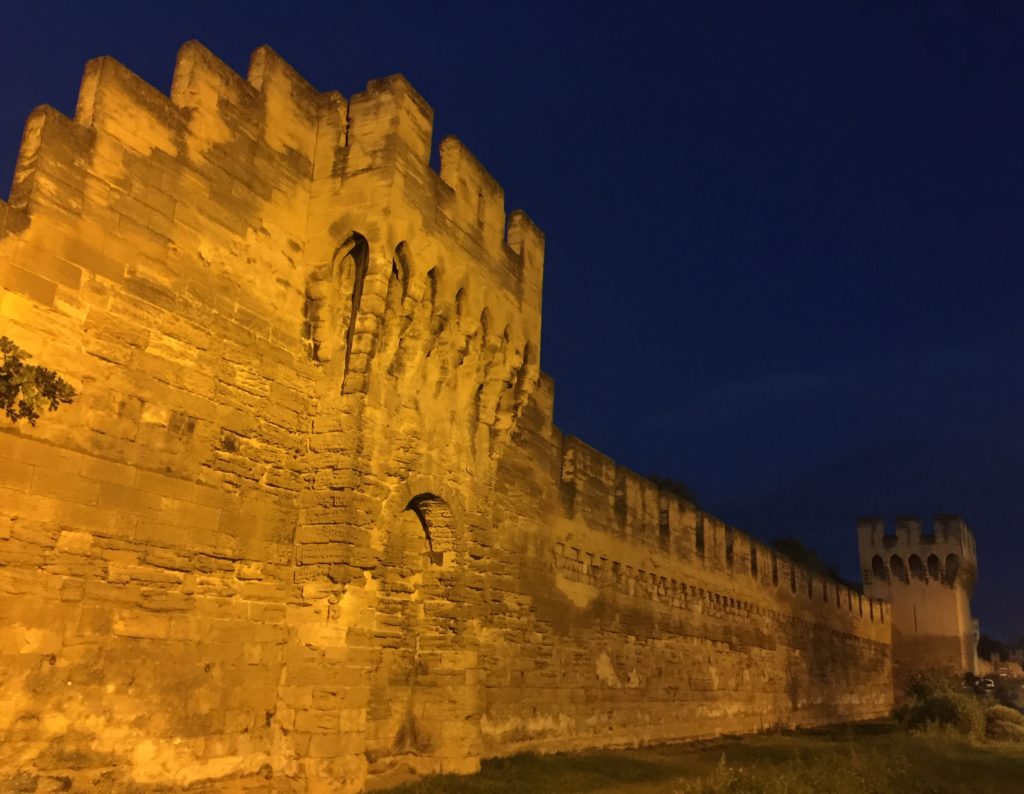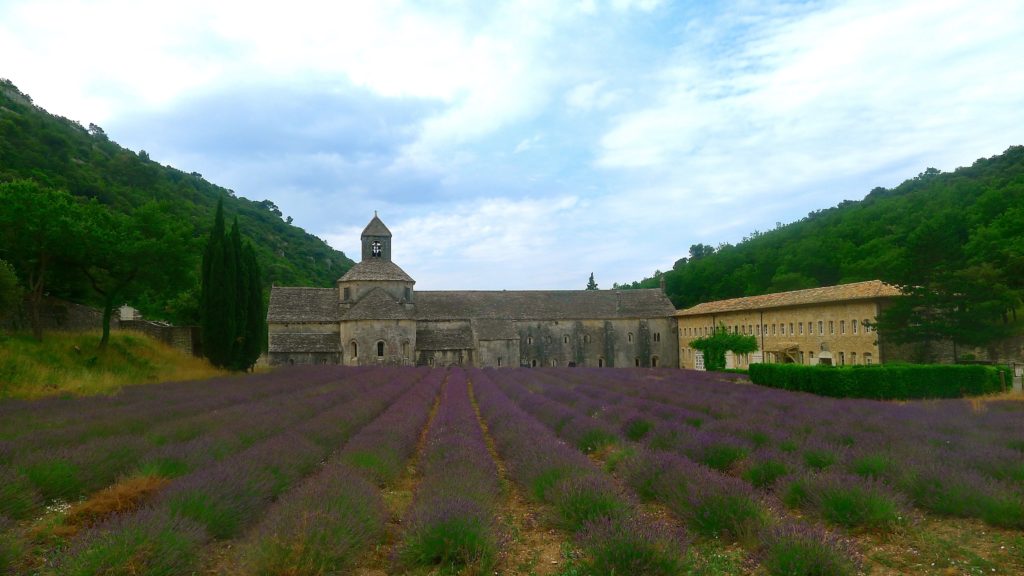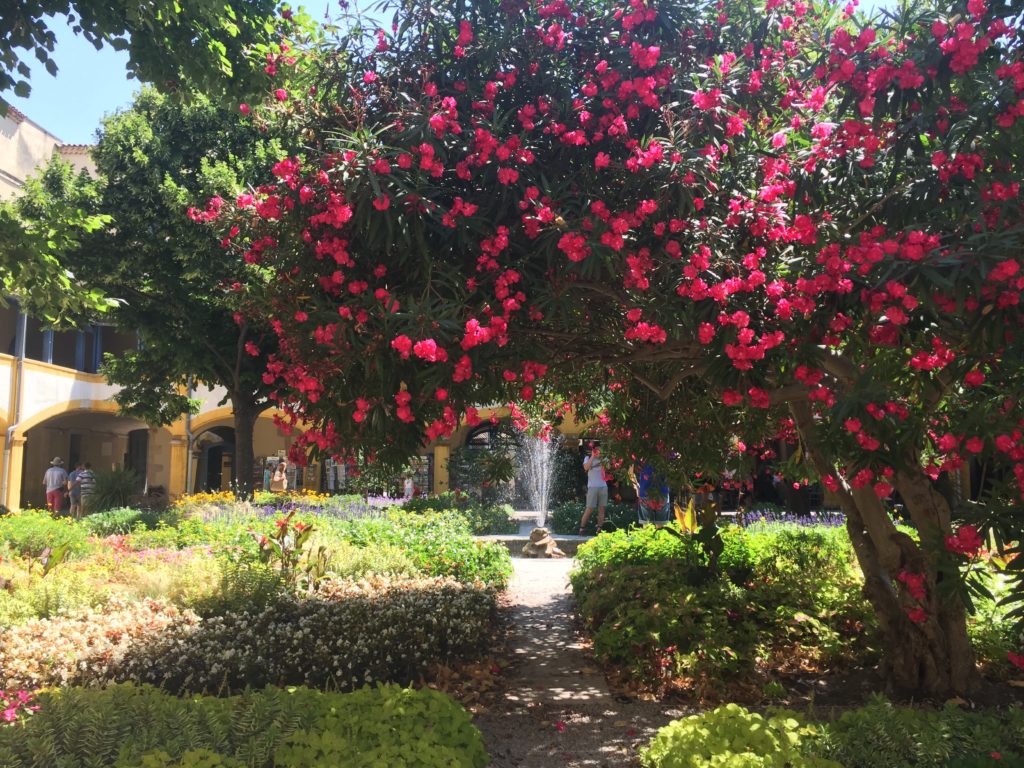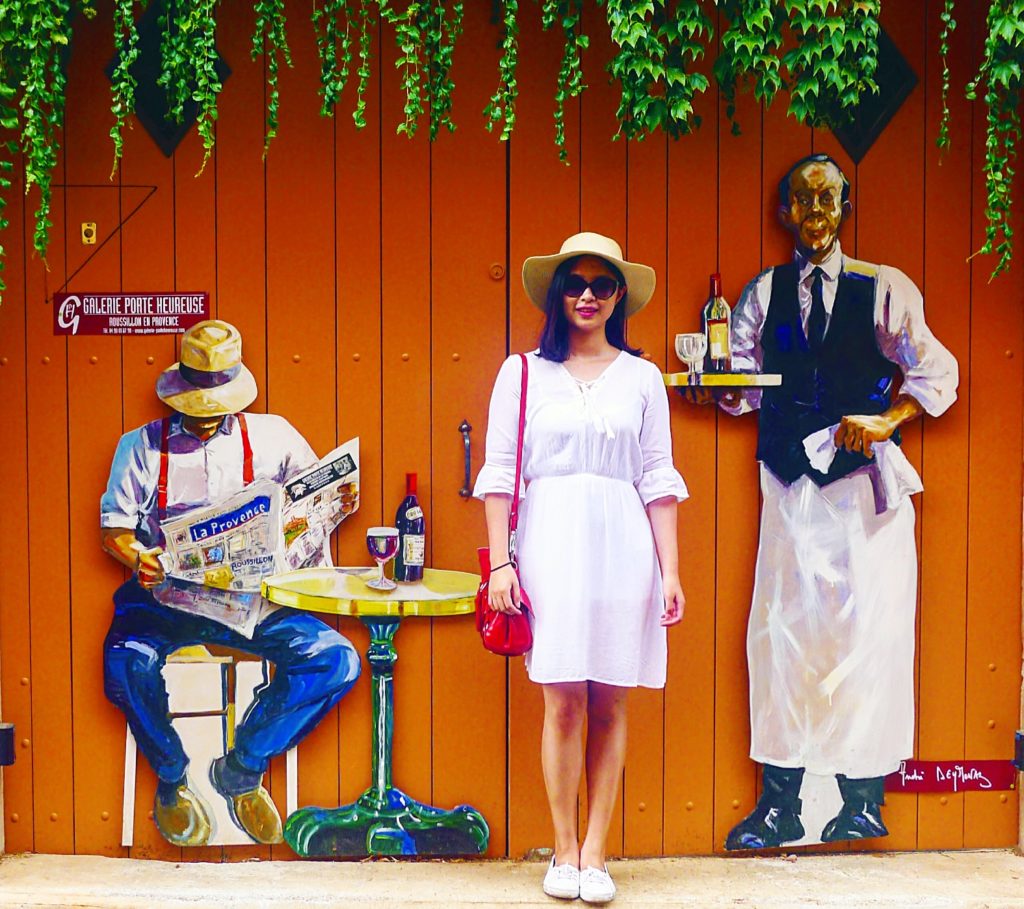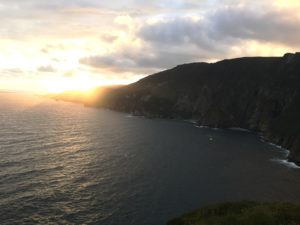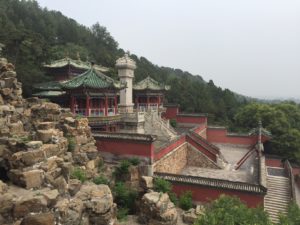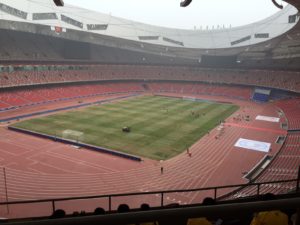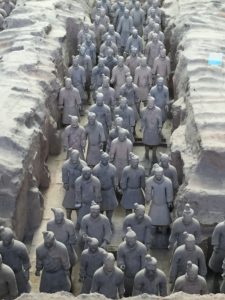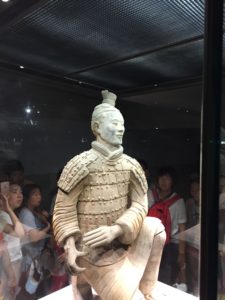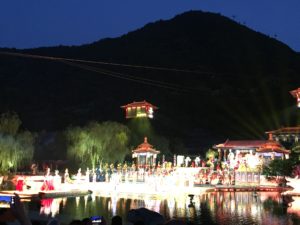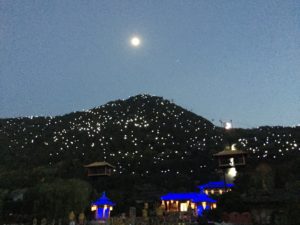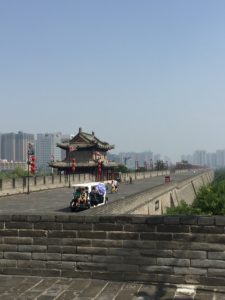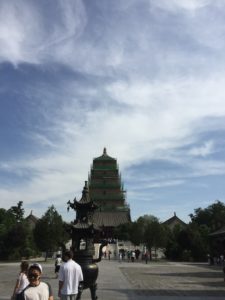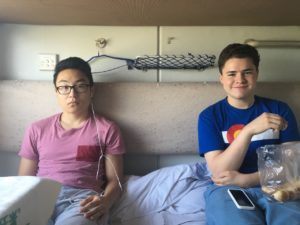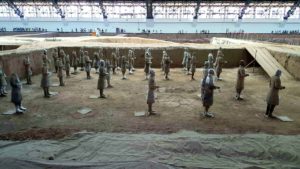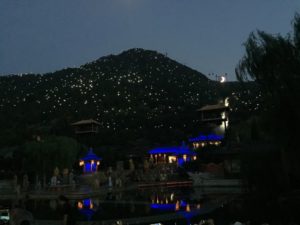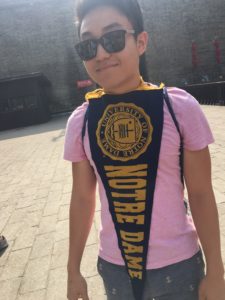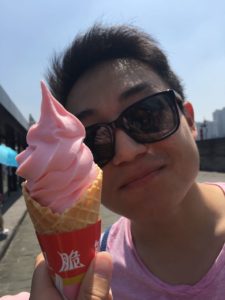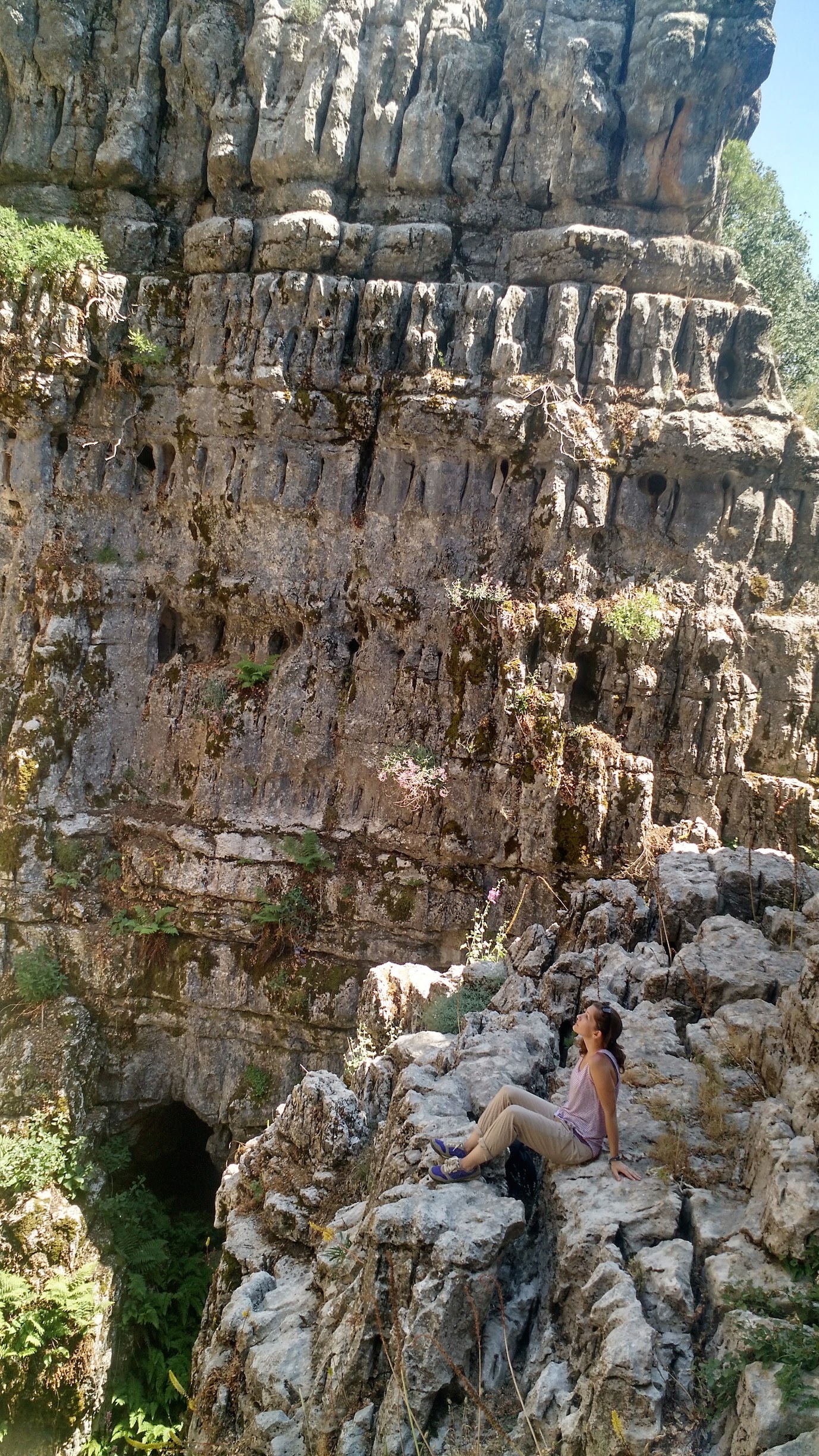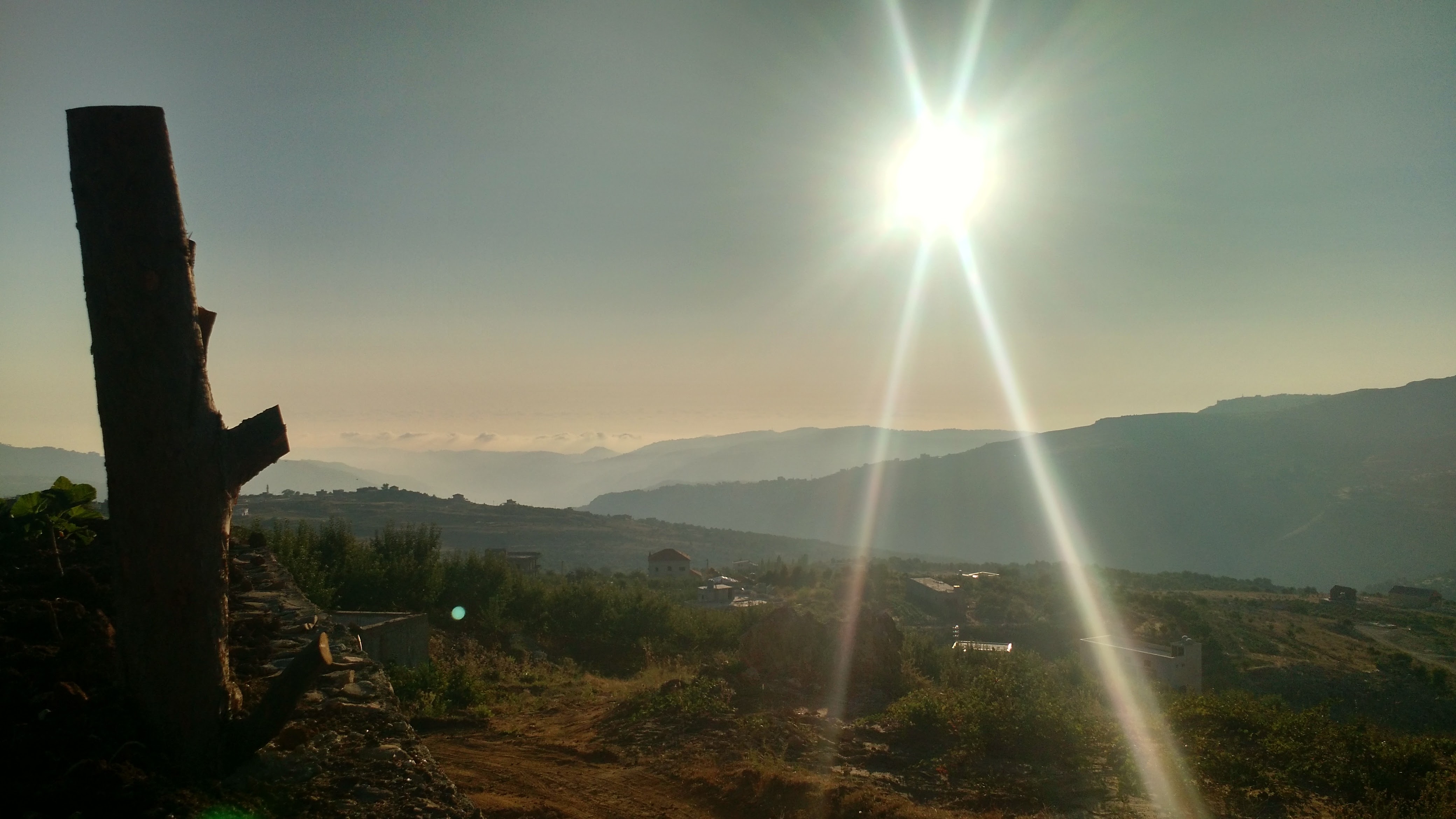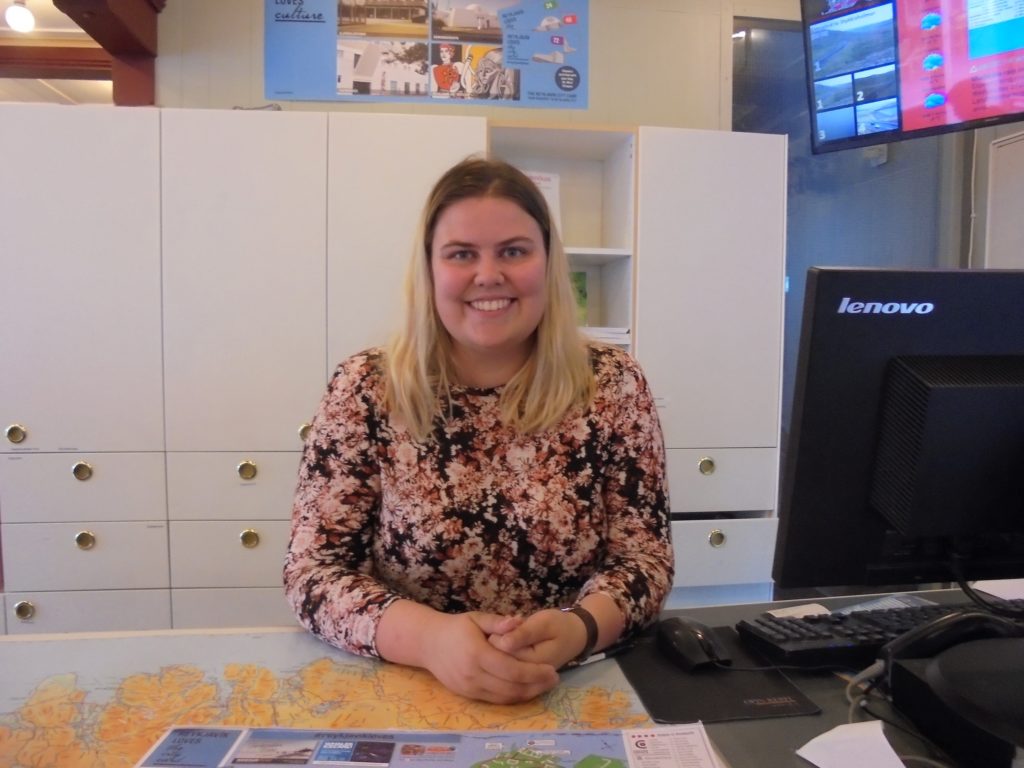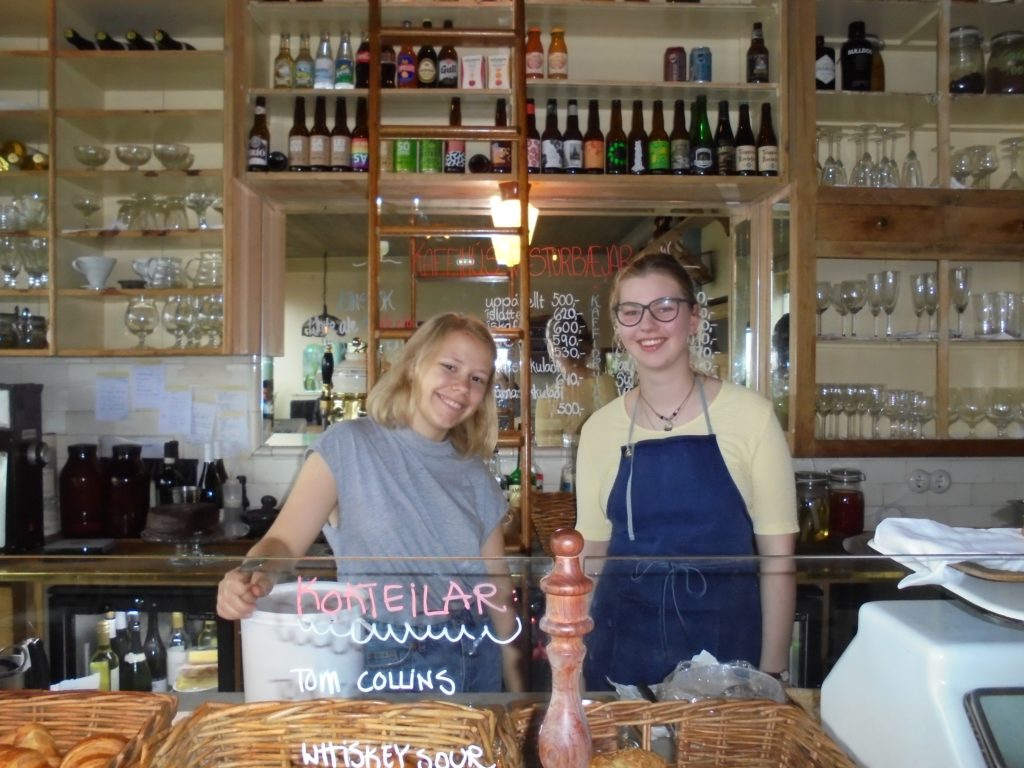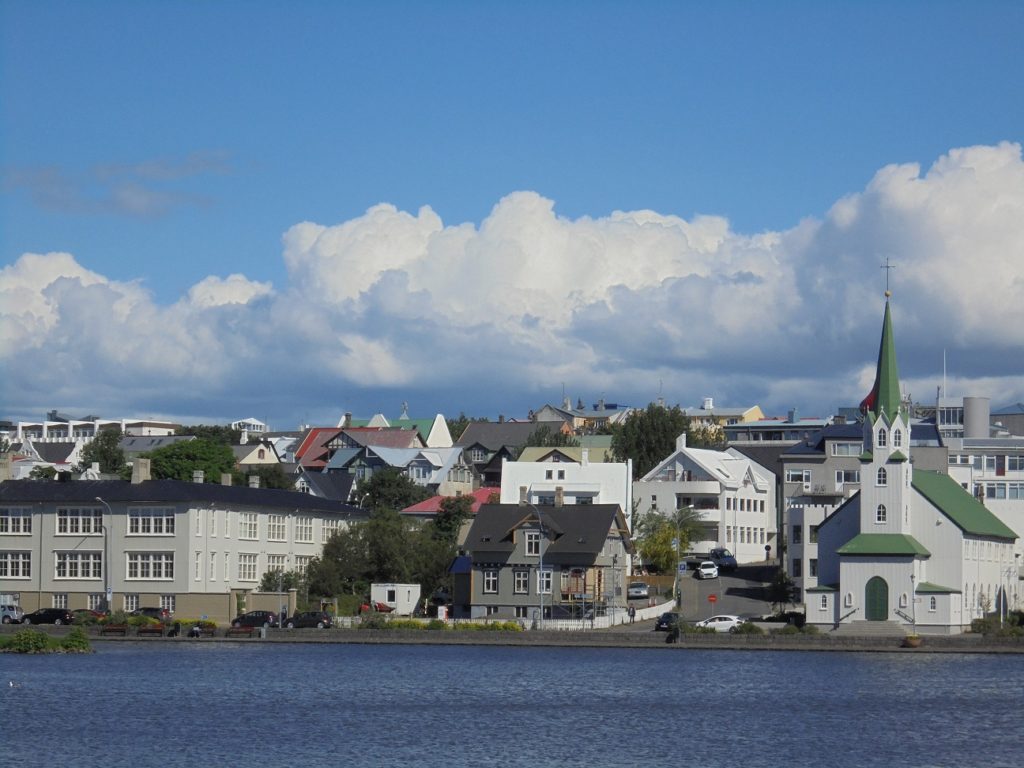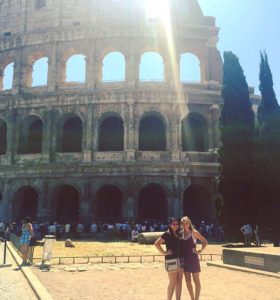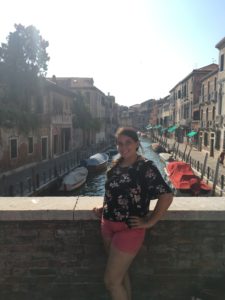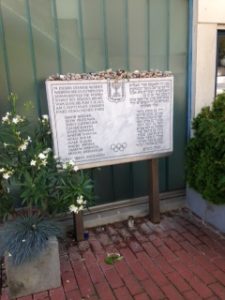As I typed down these words, my train left Avignon TGV Station in tender twilight. The broadcast repeated that this would be a direct journey to Paris, “sans cesse.” I have always known that two days would fly by, but not until I finally parted did I realize how I would miss this trip. Yes, I “fled” to Provence for a weekend from the grand city of Paris and from the slightly routine everyday life. Though not at all am I bored about Paris, a wholly different scenery in Southern France would naturally be refreshing.
Before all, it is purely the regret that I had once missed the blossom period of lavender that brought me to Provence. When I arrived in Avignon four years ago, a strong fragrance of lavender still lingered on in the air despite the complete absence of its purple flowers. Exactly as Tagore has written in a poem:”I leave no trace of wings in the air, but I am glad I have had my flight.” On the other hand, however, I also planned this solo trip to test if I could live up to one of my pre-departure objectives: to navigate without difficulties around the country. Someone must have heard my second wish, for the trip started out with a little mess that forced me to truly communicate with others – rather than finish an absolutely smooth trip without talking much.
As I reached Gare de Lyon in Paris approximately half an hour in advance, my “worst” trouble began. Since the rest of my trip could hardly have been better, this tiny issue stood out. I had to pick up my train tickets at the station, and the automatic machine could not read my card. When I turned to the service center for help, more than a dozen of people were queuing ahead of me. In her sweet voice a lady explained to me that it was a Friday and the entire world would leave for vacation. Minute by minute, I finally missed my original train and had to make a change in booking. I hope I did not sound like complaining, for looking back I did not feel bothered at all. Quite the contrary, I found this experience truly encouraging as I managed to sort everything out in French when I could easily slip back into English at such a large train station. Furthermore, I sensed a strange confidence knowing that I could rely on my language ability – though nothing near full proficiency.
Provence was, then, a perfect dream. I luckily arrived in Avignon during its annual Festival d’Avignon that consists of countless theatrical performances. Warm, fresh evening breeze embraced me with mixed scents of lavender, honey and lemon verbena. The ancient city wall showed beautiful contrast with the sky, perfect in blue and gold. Strolling through the cobblestone alleys, the medieval town of Avignon was indeed so different from Paris that one could easily have a sense of vacation. The next day I departed for lavender with slight worries, for the weather report predicted rain and overcast in the region. For one of the few times, it was right. I did not see the typical postcard scene that consists of brilliant sunshine and endless violet field in extremely high saturation. What I encountered was instead a grey sky and dark purple field. Though beautiful all the same, I would admit that I was a bit disappointed mainly because of the break of my fixed stereotypes.
A second highlight of my trip was a visit to Arles the next day, where Van Gogh has stayed once and painted his famous The Café Terrace on the Place du Forum. Sadly I did not visit the town at night, but another great wonder awaited in the bright sunshine. At the hospital where Van Gogh stayed after cutting his ear, a court filled with radiant flowers stood. I was so amazed that I could barely find words to describe its visual power. Then reflecting back on the intense, colorful paintings of Van Gogh, I came to feel a bittersweet sentiment. So many have called his life a shooting star. So I would also quote Tagore again, “LET life be beautiful like the summer flowers…” Not at all an art expert, the beauty of merely one place where Van Gogh has stayed struck me all the same.
Southern France was indeed a treasure with strong artistic atmosphere. I have one final thing to share with you – the quaint town of Roussillon built out of red clay. The entire town was really vibrant with its unique color of the architecture and its numerous artworks. Traveling solo finally showed its drawback when I could hardly take a full-length photo. Thus again an opportunity to practice my French as well as my “courage” arose. I started to ask locals to help take photos of me. It was a process full of surprises in which I could never have pictured myself even a year ago. I have always been a typical introvert and tend to avoid much contact with strangers. Yet here I submitted to my earnest desire of capturing every beautiful image I came across.
Leaving in the gradually darkening sunshine made this departure a hard one. As rosy clouds sank into the thick blue sky, I cannot help but have my eyes lingering on the hasty lavender or sunflower fields passing by. In just two days, Provence showed me a picture of all the best of summer. Coming back from this trip, I became more confident in my ability to use French in various occasions. Even if there may not be much substantial progress yet, I feel more at ease speaking French no longer as if in a conversation practice, but truly as a communication medium not much different from English.
